
Funny how trends can feel like breaking news when they’re really just reruns in disguise. Millennials might have a reputation for innovation, but sometimes, their best moves are borrowed from the past more than anyone likes to admit. Curious about which popular ideas are actually old souls in modern outfits? Let’s dig into the stories that prove everything old can be cool again.
Social Media Networking
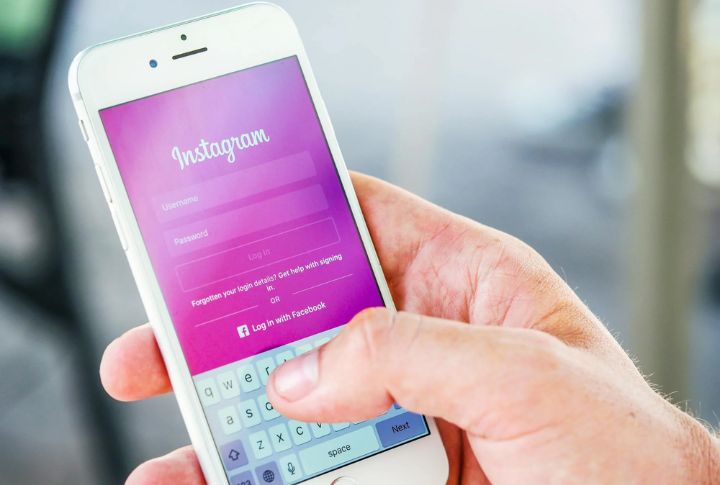
Decades before Instagram stories and Facebook friends, digital networking was underway. By the 1970s, online communities were forming, and platforms like Friendster and MySpace followed in the early 2000s. Social media simply gave a modern form to an age-old human impulse to connect.
Thrifting Culture

Vintage treasure hunts feel millennial-made, yet thrift culture is deeply rooted. The “make do and mend” spirit of the Great Depression made secondhand essential, and thrift shops have long offered practical alternatives. Today’s trends reflect the resourceful and values-driven fashion choices of earlier generations.
Hipster Culture

Anti-mainstream fashion and an obsession with vintage weren’t born in Brooklyn. The term “hipster” emerged in the 1940s jazz scenes, echoing styles seen in 19th-century Europe. The 90s-born hipsters simply follow a lineage that traces back to bohemians and the 1960s counterculture movements.
Selfies
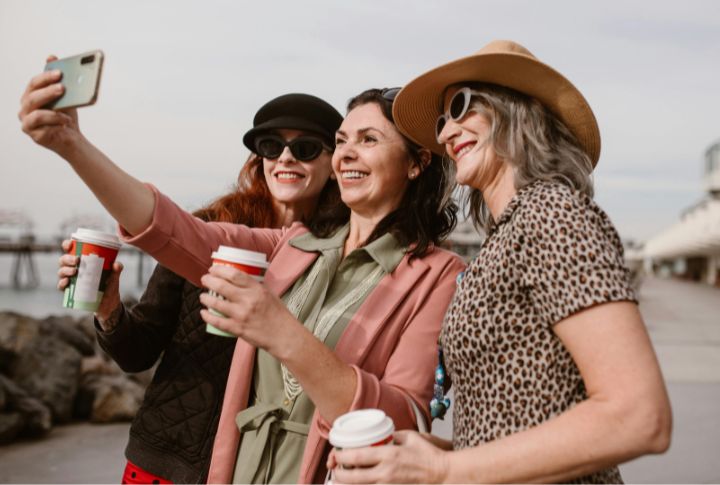
Though widely associated with smartphones, selfies go way back. The first photographic self-portrait appeared in 1839, and Rembrandt painted his own face long before that. Even Russian royals snapped mirror selfies in the early 1900s—proving only the terminology, not the practice, is truly new.
Gluten-Free Diets

Millennials didn’t invent gluten avoidance. As early as 250 AD, Greek physicians were diagnosing symptoms akin to celiac disease. By the 1800s, patients were already modifying their diets to cope. The current boom in gluten-free living is more evolution than invention.
Minimalist Living

Decluttering might feel trendy, but it’s far from modern. Buddhist monks and early American Shakers all embraced simplicity as a principle. The recent minimalist wave draws on ancient belief systems that valued peace and meaning over possessions and chaos.
Ride-Sharing Apps
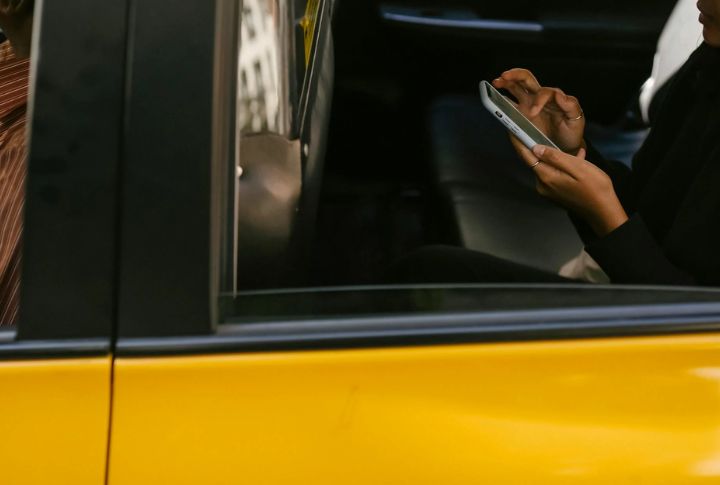
World War II carpooling, jitneys, and informal city ride collectives all paved the way. Tapping an app to request a ride may feel high-tech, but the concept of communal rides has deep roots. Digital tools just reimagined an already well-worn solution to urban travel.
Craft Beer Revolution
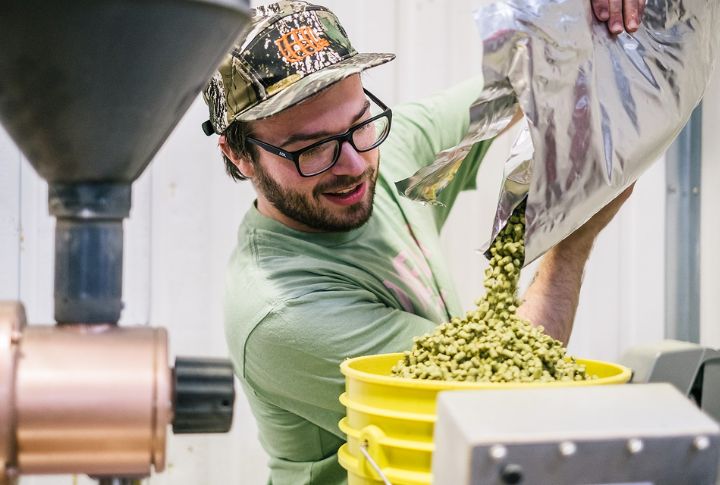
Today’s craft beer surge owes a debt of gratitude to the past. Medieval monks and small-scale brewers were crafting distinctive beers centuries ago. While modern microbreweries carry artisanal flair, the idea of unique local brewing traditions dates far earlier than any millennial rebranding.
Streetwear Fashion
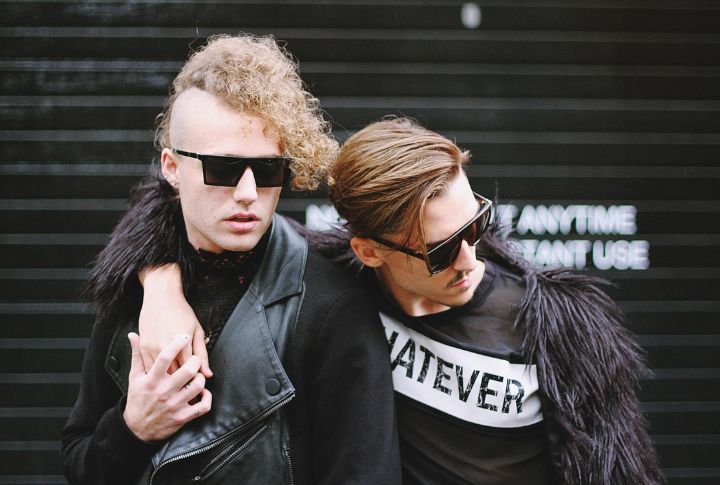
Bold prints, sneakers, and relaxed silhouettes surged in the 2000s, but streetwear’s identity was built earlier. The 1980s skate and hip-hop cultures defined their edge; even earlier, youth subcultures had used fashion as a form of self-expression. This isn’t a new wave—it’s a remix.
Avocado Toast
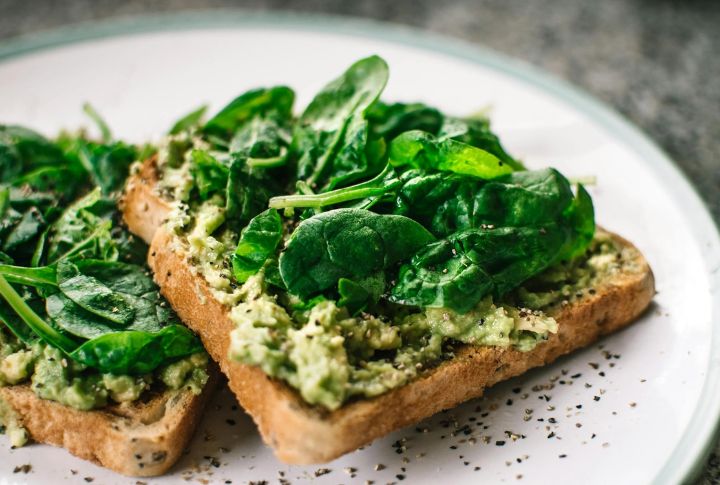
Before it earned millennial breakfast fame, avocado toast was already a staple. Californians served it up in the 1880s, while Chileans and Australians were layering avocado on bread by the 1920s. Social media has simply transformed a century-old combination into a global food statement.
